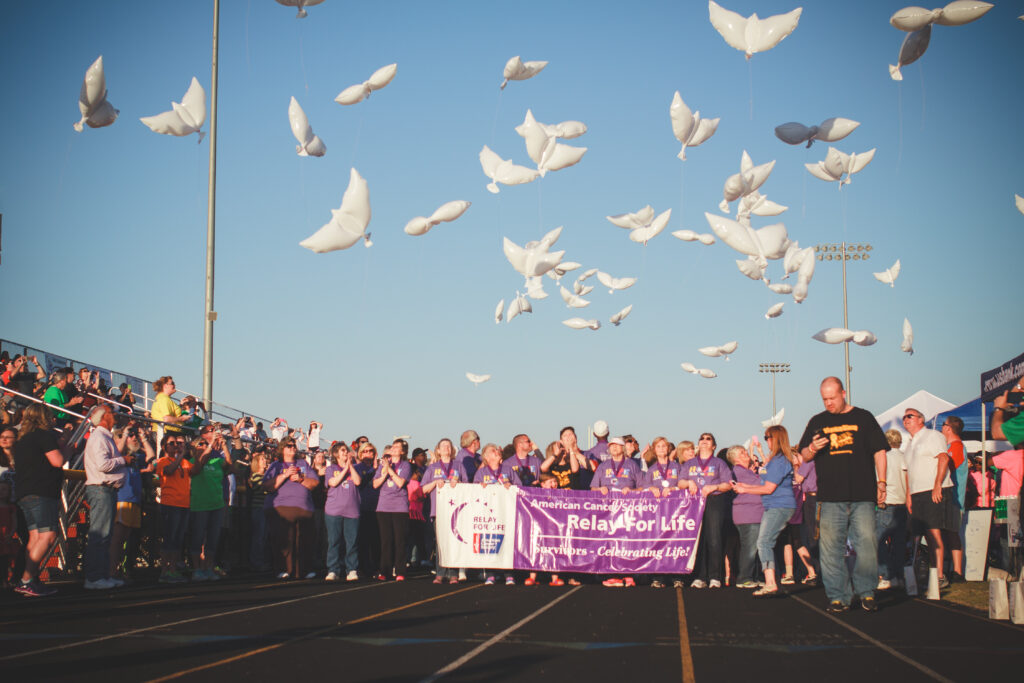Blood is one of those things that we tend to take for granted that it will always be there.
A combination of rising COVID-19 cases amid the Omicron surge, coupled with winter weather, has led the American Red Cross to declare a national blood crisis, described as the worst blood shortage in over a decade. The American Red Cross supplies 40 percent of the nation’s blood, and it has had to limit distributions to hospitals amid the shortage.
Anthony Tinin, an account manager with the American Red Cross in Paducah, said the American Red Cross has experienced about a 10 percent decline in the number of people donating blood since the pandemic began. Historically, the American Red Cross struggles with blood donations during the summer and winter holidays. “But this year, we haven’t been able to catch back up,” Tinin said. “In recent weeks, we’ve been at less than a one-day blood supply.”
The ideal supply for the American Red Cross is five days. Tinin said the five-day supply acts as a cushion in case a region experiences a weather disaster or other emergencies in which patients require treatment.
Santana Moore has worked as an oncology nurse at Mercy Health in Paducah and has both given blood and administered blood to her patients. She recalled one time when she worked in the oncology unit and had six to ten leukemia patients who needed blood and blood products. During their treatment, the patients needed up to three units of blood a day.
“It’s so critical,” she said of the need. “It’s just all snowballed. There’s a shortage of staff, shortages of supplies, and you know, blood is something that we are constantly making and we can give. It’s not a resource that somebody can go out and buy more of. It’s up to our community and our people to give.”
Mercy Health employees donated 41 pints of blood during an American Red Cross drive in January. Moore, who has O-positive blood, said she tries to donate whenever she can because she sees the need in her daily work.
“It’s here and available,” Moore said of hospital blood drives. “I don’t have a lot of time outside of my job and my kids or after work time, so I really like the convenience that it’s here in the building and Mercy leadership is always supportive if we need to be off the floor for an hour to go and give blood.”
Like Moore, John Montville, oncology department director at Mercy Health, knows firsthand the critical need for blood for his patients.
“The biggest part of cancer care is trying to get patients to catch their disease early on when it’s most treatable, but then second of all, is to get them through their treatment,” he said. “And the problem is that for a lot of the treatments that we get for cancer are very, very hard on the body and very, very hard on the blood of the patient.”
Chemotherapy can affect a patient’s blood counts. Oncology nurses and doctors also use other parts of the blood like platelets for treatment. If the blood isn’t there, the byproducts aren’t either.
Although the American Red Cross has experienced critical shortages, all of the hospitals in the Mercy Health family have been successful in keeping up a solid supply, a hospital spokeswoman said.
“We have a lot of supply chain issues out there and other things that have been caused by the pandemic, and that’s understandable,” Montville said. “But the supply system we cannot go without is blood.”
Tinin, with the American Red Cross, emphasized that blood can’t be stored on shelves indefinitely or manufactured. After the EF-4 tornado ripped through far western Kentucky, people who might have given blood couldn’t because they were dealing with the after effects of the storm, and the American Red Cross lost some of its usual blood drive locations.
“So it’s really like a kind of snowball effect of all of these different problems,” Tinin said. “When it’s my loved ones or yours, we shouldn’t have to worry about whether the blood’s available for them when they have to go to the hospital when they have an emergency. The blood only comes from volunteer donors, and there’s no substitute for it. There have to be blood donors stepping up and making sure that supplies are available.”
The best way for potential donors to find a blood drive is to download the American Red Cross blood donor app on their phones or to visit the American Red Cross website: https://www.redcross.org/give-blood.html.
“With COVID, we stress for people to get an appointment and stick to it so, that way, we can anticipate when people are coming in,” Tinin said, emphasizing that the American Red Cross has strong COVID-19 safety protocols. All donors, staff, and volunteers must wear a mask, and the American Red Cross workers clean the blood donation area thoroughly between patients.
“You know, blood drives are an essential service,” Tinin said. “We’ve not ever stopped having blood drives throughout the entire pandemic, because blood is essential. There has to be blood donations for patients in the hospital who need blood. The collection of blood has not ever stopped, and we’re thankful for the people who have continued donating through this. We’re just at a point now where we need more of these people to come out.”
Tinin encourages those who have never donated to consider donating and those who regularly donate to consider adding a couple of extra donations. One or two extra donations would add up quickly to help patients in need.
What you need to know before donating:
- Find a location, either on the app or website.
- Eat a good meal before you donate.
- Don’t skip meals before you donate.
- Drink extra water before you donate.
- Avoid caffeine before you donate.
- Avoid fatty foods before you donate.
- Consider increasing your vitamin C intake before donating.
- Get a good night’s sleep before your donation.
- Bring your photo ID with you.






